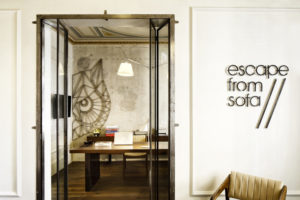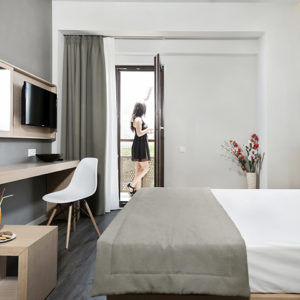


On the occasion of Expo2015, Save the Children Italia Onlus presents a Pavilion that culd be better defined as a proper “village”, a domestic and welcoming environment which designs the space of an ideal place of the world where the Ong usually operates. A sequence of rooms without walls and barriers but in conversation with the surroundings and the other pavillions.
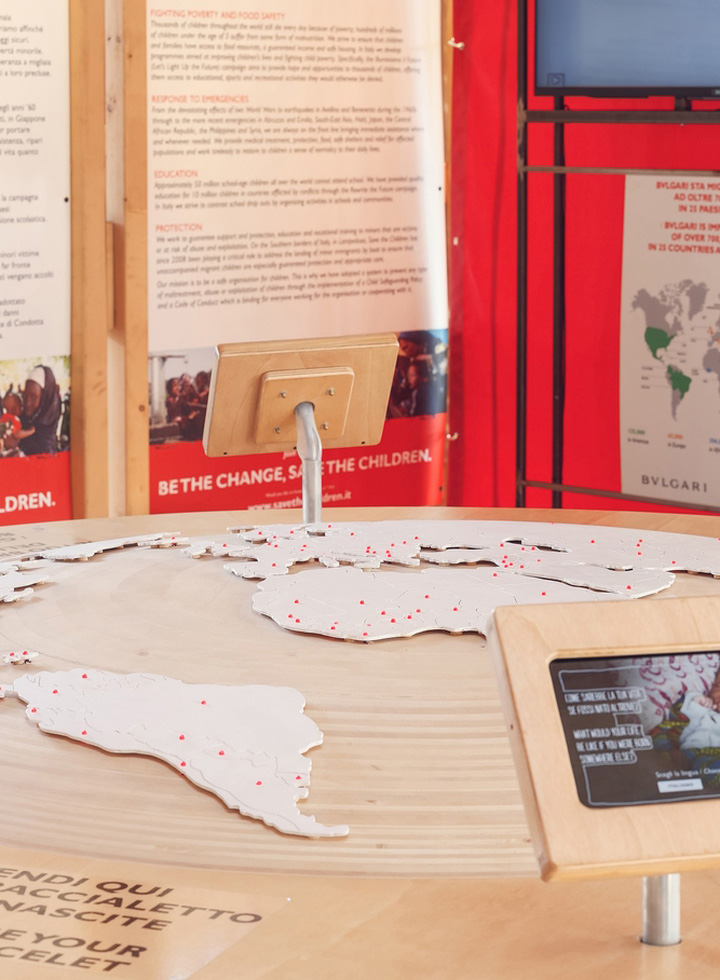
A space that is permeable and open, where the external landscape is an integral part of the internal world, such as the territory is a strong part of the life of families and communities in the countries where Save the Children works. Save the Children Village for Expo2014 has been conceived starting from a research of simple materials as wood and metal sheet, together with a floor made by concrete and soil, with the aim to remind the warmth and colours of far away territories. A village where we can also find the theme of “self-production”: the perimetral panels made of fir wood and bamboos have been made through a workshop with foreigner kids who are part of the program “Civico Zero”.

The project of the outdoor landscape has been created to welcome, to guide, to entertain and to educate the public: vegetal experiences that bring stories with them, cereals of ancient origins, trees and a small vegetable garden, to recall the community allotments that are very important about Save the Children programs. Adults and kids discover the village through interactive installations which are funny and educational at the same time. You can observe and touch the objects that the community workers use every day , you can get immersed in images and sounds. The exhibition tells about the work of the Ong starting from the Expo main topic, following three main themes: Nutrition/Malnutrition/Emergency.
Design: Argot ou La Maison Mobile / Luca Astorri / Riccardo Balzarotti / Rossella Locatelli Matteo Poli / Hiroyuki Kakiuchi / Riccardo Radaelli / Eleonora Schiavi / Ayaka Suzuki
Photography: Delfino Sisto Legnani / Marco Menghi / Courtesy of Argot ou La Maison Mobile





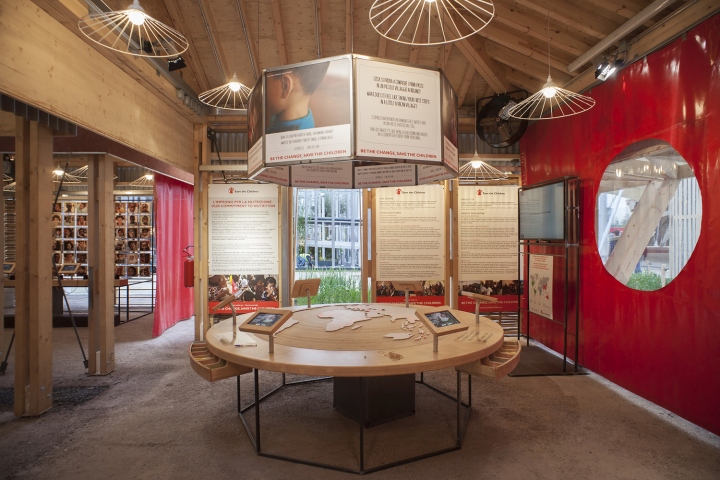
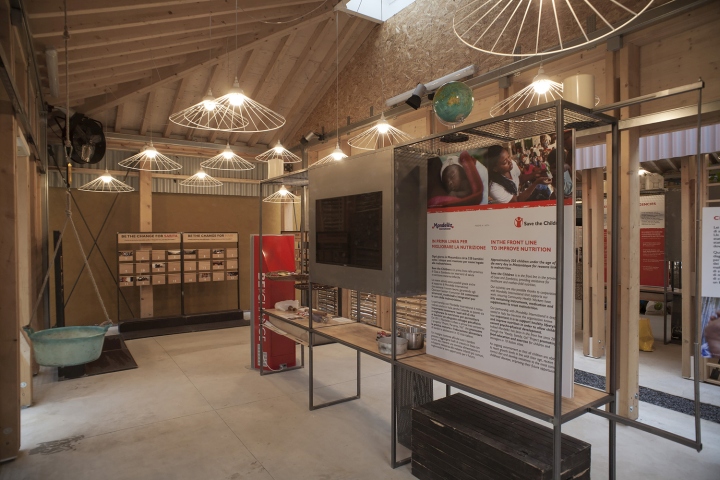


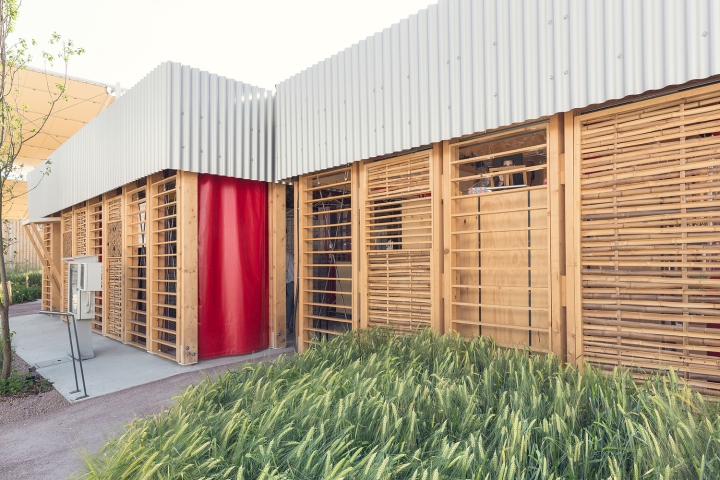
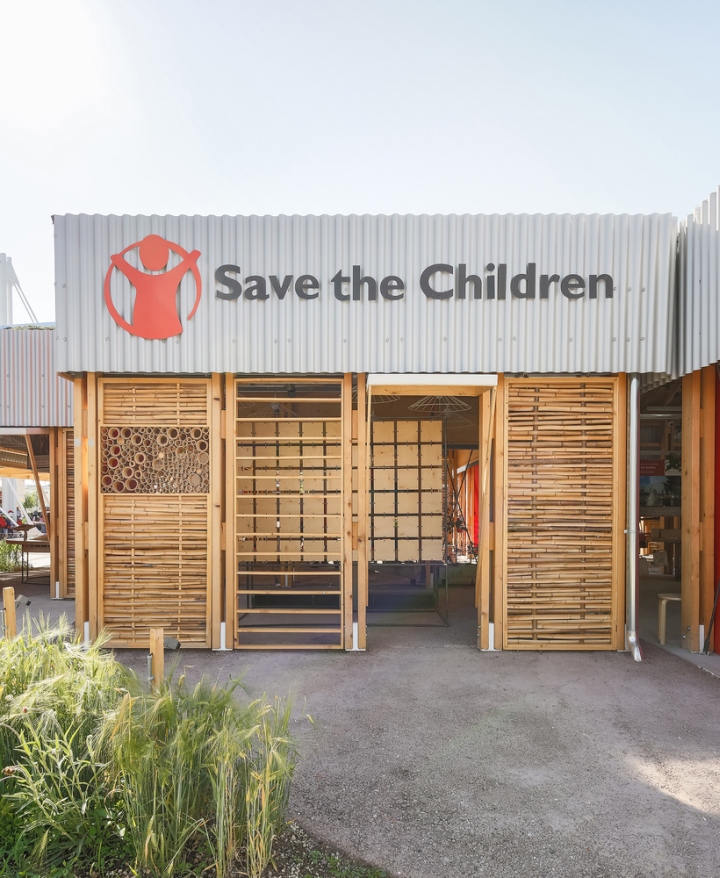

via Archdaily















